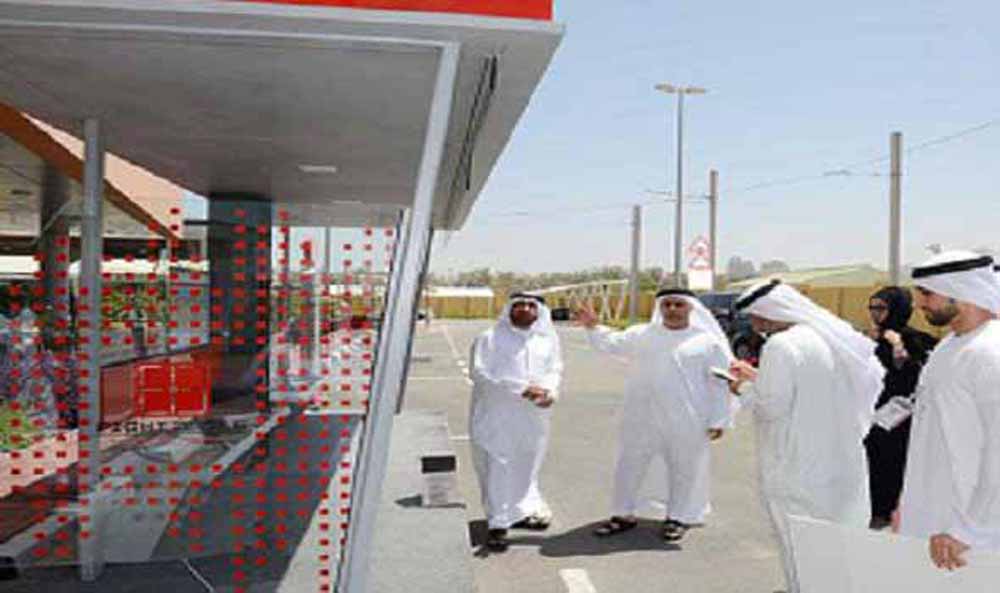Solar energy to power bus stops in Dubai
By olya Monday, 06 July 2015 3:09 PM

Solar energy will be used to power bus stops in areas where there is no direct access to electricity, the Roads and Transport Authority (RTA) has announced. As many as 400 new stops are being planned in the next phase, a significant portion of which will be air-conditioned. However, the air-conditioners will still be elusive in around 150 of the existing bus shelters that haven’t had power connectivity for long.
Dubai became the first city in the world to have air-conditioned bus stops in 2008, converting 885 of its stops into sleek, aluminum-built shelters. However, at least 150 of these still don’t have electricity to power the air-conditioners. Once completed, the total number of air-conditioned bus shelters will be 1,285.
Looking for a solution, last year RTA began a trial on using solar power at two bus stops in Al Jafliya, but the project hasn’t provided satisfactory output as yet in terms of powering the air-conditioners. According to a senior RTA official, the trial will continue until a solution is found and, hopefully, can be employed at stops that lack power connectivity.
However, in the new phase, RTA has redesigned the stops and will use solar energy only to power the lights and advertising billboards.
“The newly designed crescent-shaped shelters are made of high-quality materials, and using paints resistant to heat, humidity and dust. Some of them will also be fitted with modern air-conditioning systems,” said Mattar Al Tayer, Director-General and Chairman of the Board of Executive Directors of the RTA.
The shelters will have seating capacity for eight, but and will accommodate 13 to 16 individuals.
He added that the shelters will have easy access for people with special needs and will be fitted with screens directly linked with the control room of the Public Transport Agency in order to transmit information about journeys and routes available.
“It is part of a master plan to leverage the public transport sector along with associated infrastructure in the emirate with the aim of bringing happiness and comfort to riders, especially during the blazing summer season,” he said.
Al Tayer hoped that the new shelters will prove an added attraction and encourage people to use public transport, helping push the share of public transport in Dubai to 20 per cent in 2020 and up to 30 per cent by 2030.
Last year, RTA succeeded in raising the share of public transport in the overall transportation use in the city to 14 per cent from six per cent in 2006.
“Providing electricity to power air-conditioned shelters in some remote areas was one of the key challenges confronting planners at the initial stage of the project. The RTA has therefore worked on solutions to overcome it by offering solar power technology,” he explained.
He stated that the Public Transport Agency embarked on the experimental use of solar panels to power these shelters, and the practice will be assessed.
The RTA is also considering the provision of ATMs and vending machines for soft drinks, newspapers etc at the stops. For the convenience of commuters, he said, shelters will be made of a reinforced polyester-covered aluminium and the seats of low-heat absorption materials.
LED lights will be used to power billboards to economise the use of electric power. Work on the new phase will begin from August, with the installation of 40 shelters in the new areas of Dubai. The performance of the shelters will be studied until the end of this year and, depending on the result, further steps will be taken.




























Add new comment